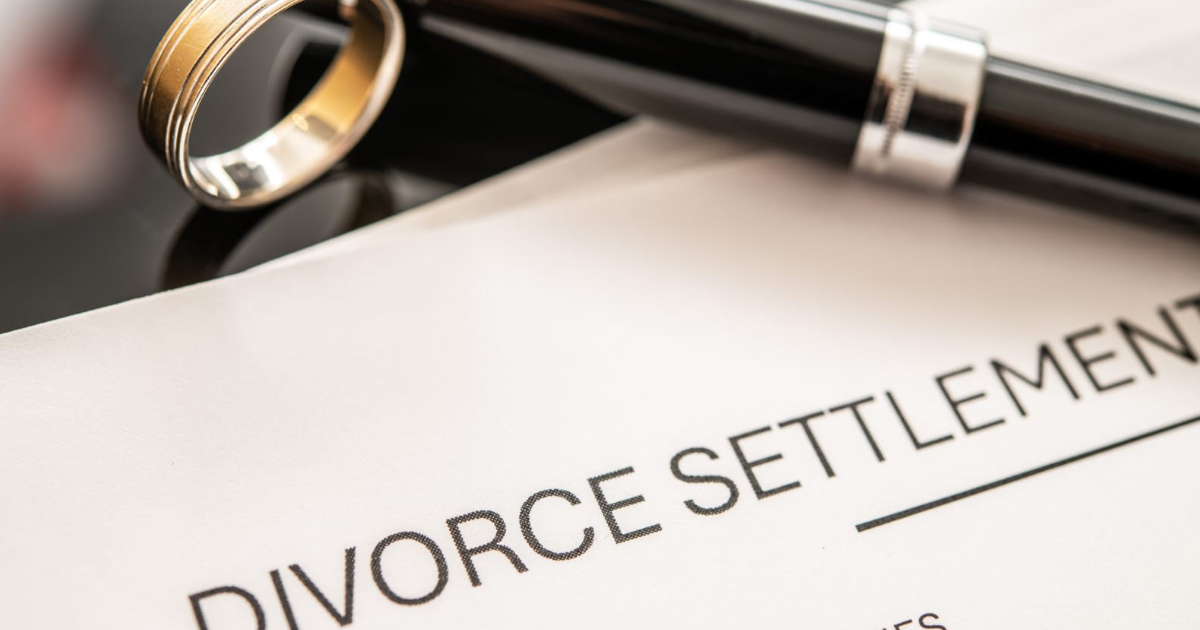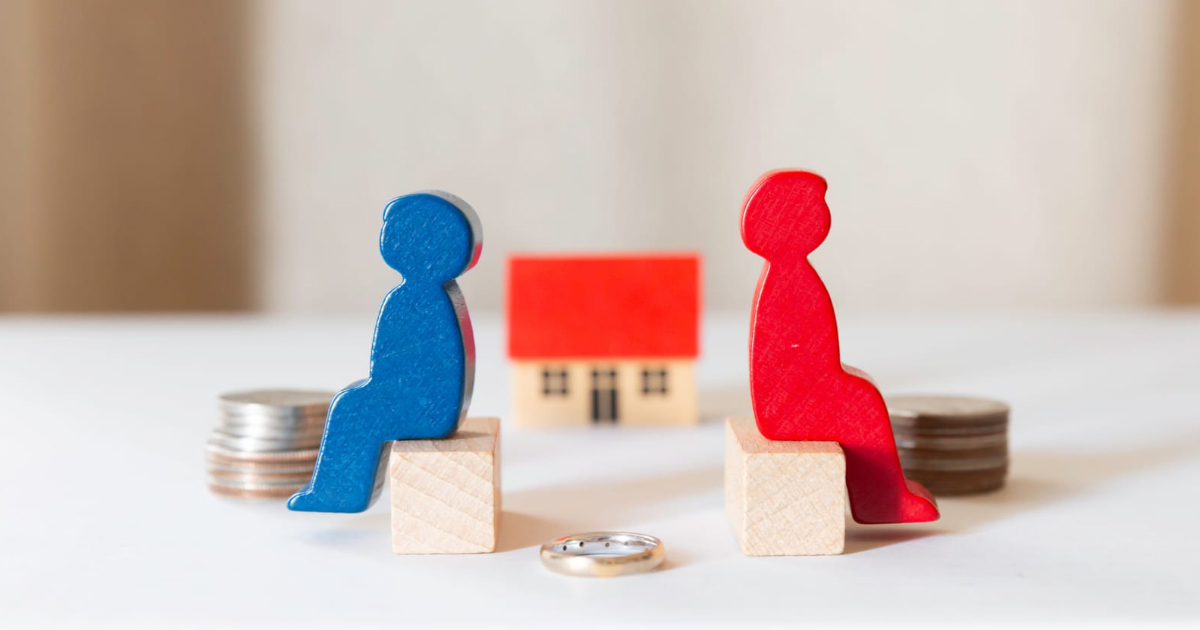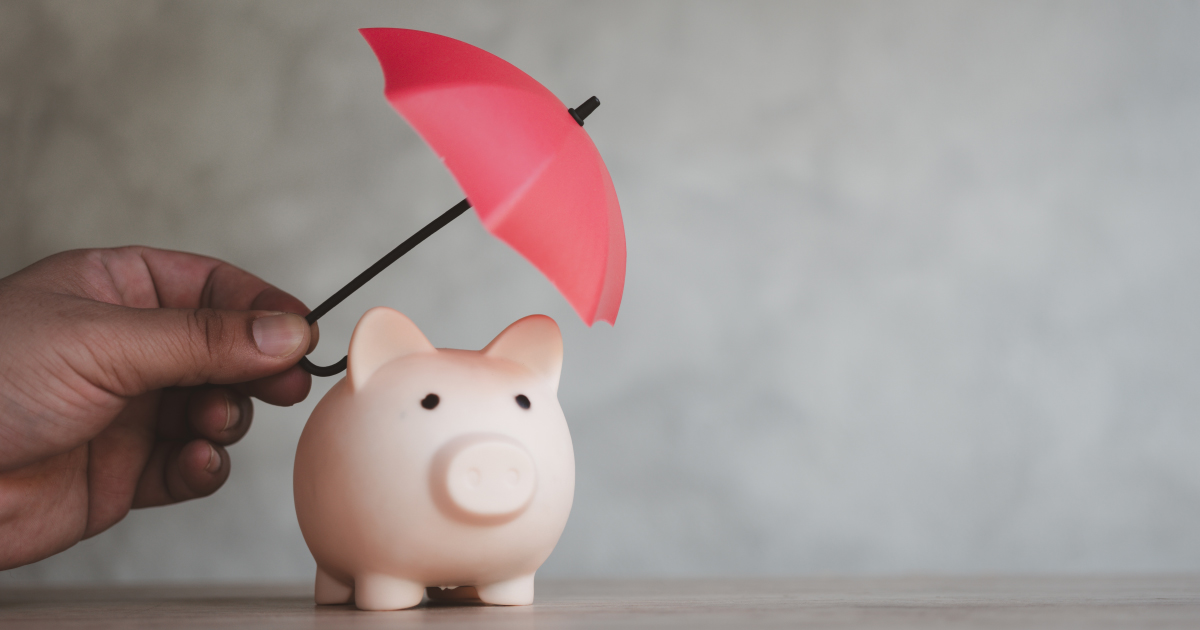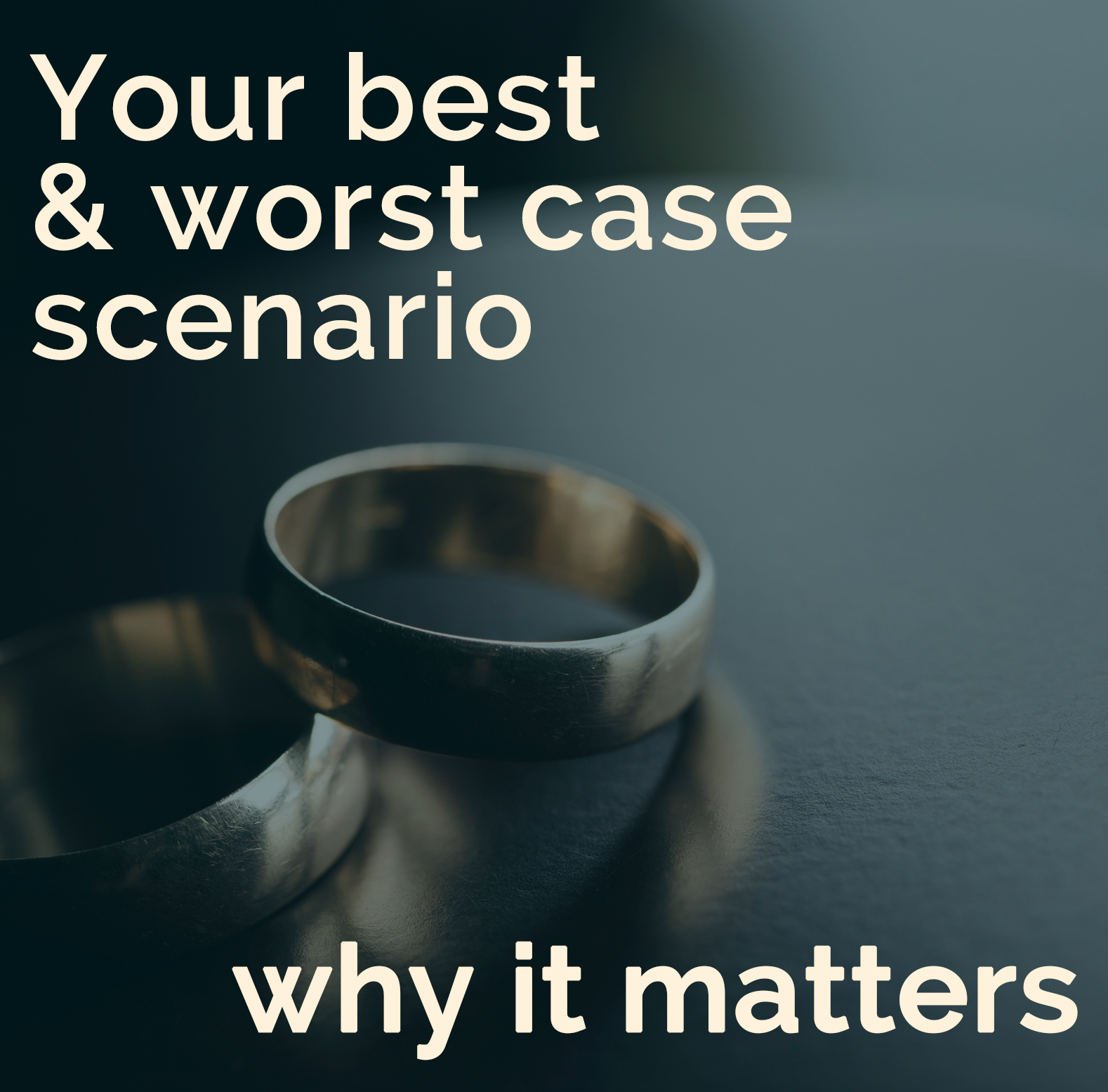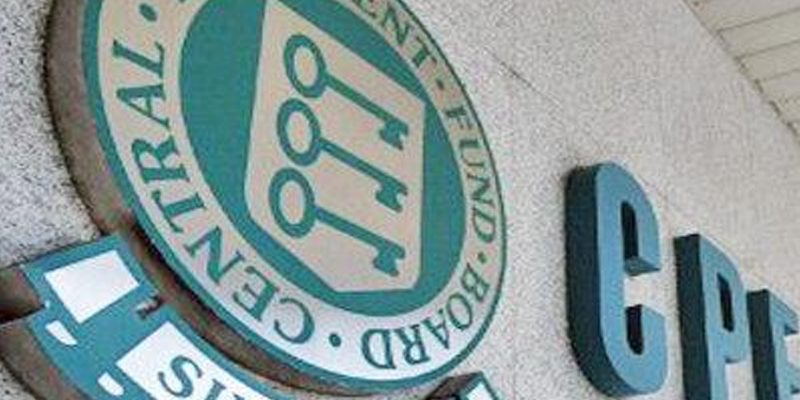
This very important question comes into play when dealing with the division of your matrimonial assets.
In most cases, you would have used your CPF savings to buy your house together as a couple. When you get a divorce in Singapore, you need to consider how to deal with your matrimonial home.
Selling your matrimonial home
Assuming you have used CPF savings to purchase your matrimonial home and if you decide to subsequently sell your property, a charge will be created that ensures you make a refund to your CPF account when you do so.
When you transfer or sell the property, you must refund the principal CPF amount that you withdrew in the first place and additionally, the accrued interest. If you fail to do so, the charge on the property will not be cleared and the transaction will be incomplete.
If you are 55 years old or older
When you sell or transfer your property and you are 55 years old or older, the CPF refunds will go to your Retirement Account until you reach your Minimum Sum (the Minimum Sum amount will differ from cohort to cohort).
Also, the CPF refunds will go to your Medisave Account up to the Medisave Minimum Sum. If, after the top up of your Retirement Account and Medisave Account, there are still excess refunds, the excess refunds will go back into your CPF account.
Transfers to ex-spouse
If the Court so directs, you may transfer your share in the matrimonial property to your ex-spouse with partial or no refunds made to your CPF account.
Subsequently, when your ex-spouse decides to sell or transfer the property, he/she must refund to his/her own CPF account of the following:
- the amount of CPF refund that was not refunded to your CPF account, including the accrued interest and
- the amount of CPF withdrawn by your ex-spouse, including the accrued interest.


We’re here for you
When you contact our matrimonial law team, we will provide you with a consultation, tailored to your specific circumstances and goals in mind.
Our goal is to help you find a resolution that works for you.

